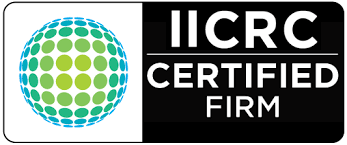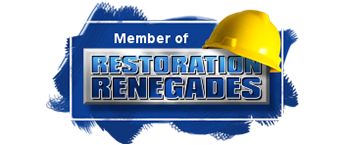Bloodborne Pathogen Cleanup: Why Proper Handling is Critical for Safety
Proper handling of bloodborne pathogen cleanup is critical to ensure safety and prevent the spread of infectious diseases. Bloodborne pathogens, such as hepatitis B, hepatitis C, and HIV, are microorganisms present in human blood and bodily fluids that can cause severe health issues upon exposure. Implementing stringent safety protocols during cleanup operations is essential to protect individuals and maintain a safe environment.

Understanding Bloodborne Pathogens
Bloodborne pathogens are infectious microorganisms in human blood that can lead to diseases in humans. These pathogens can also be present in other potentially infectious materials (OPIM), including certain body fluids. Exposure can occur through direct contact with contaminated blood or fluids via mucous membranes or broken skin. Occupational settings, especially in healthcare, janitorial, and emergency response sectors, often present higher risks of such exposures.
Regulatory Standards and Compliance
The Occupational Safety and Health Administration (OSHA) has established the Bloodborne Pathogens Standard (29 CFR 1910.1030) to protect workers from health hazards related to bloodborne pathogens. This standard mandates that employers develop an Exposure Control Plan, provide appropriate personal protective equipment (PPE), and ensure proper training for employees handling blood or OPIM. Adherence to these regulations is not only a legal obligation but also a fundamental aspect of workplace safety.
Essential Steps for Safe Cleanup
-
Preparation and PPE Usage
Before initiating any cleanup, it is imperative to don appropriate PPE, including gloves, gowns, masks, and eye protection. This gear serves as a barrier against direct contact with infectious materials, significantly reducing the risk of transmission. Employers are responsible for providing suitable PPE and ensuring that employees are trained in its correct usage.
-
Containment and Cleaning
Upon encountering a spill, the area should be promptly isolated to prevent further exposure. Utilizing absorbent materials, the spill should be contained, and then the affected surface must be cleaned with an appropriate disinfectant. OSHA recommends using an EPA-registered disinfectant effective against bloodborne pathogens. Following disinfection, all cleaning materials and PPE should be disposed of in labeled biohazard bags, adhering to proper disposal protocols.
-
Post-Exposure Actions
In the event of exposure, immediate action is crucial. The affected area should be thoroughly washed with soap and water, and mucous membranes should be flushed with water. Prompt medical evaluation is necessary to assess potential risks and initiate prophylactic treatment if required. Additionally, documenting the exposure incident is essential for both medical and legal purposes.
The Importance of Professional Cleanup Services
Engaging professional biohazard cleanup services ensures that bloodborne pathogen incidents are managed safely and effectively. These professionals possess specialized training, experience, and equipment to handle hazardous materials in compliance with OSHA regulations. Their expertise not only safeguards health but also mitigates legal liabilities associated with improper handling and disposal of biohazardous waste.
Conclusion
Proper handling of bloodborne pathogen cleanup is a critical component of maintaining health and safety in environments where exposure risks exist. Strict adherence to OSHA standards, utilization of appropriate PPE, and implementation of effective cleanup protocols are essential measures to prevent the transmission of infectious diseases. Prioritizing these practices fosters a safer workplace and protects the well-being of all individuals involved.

















